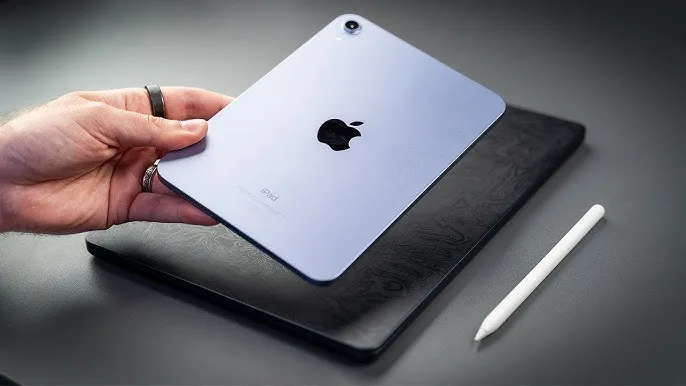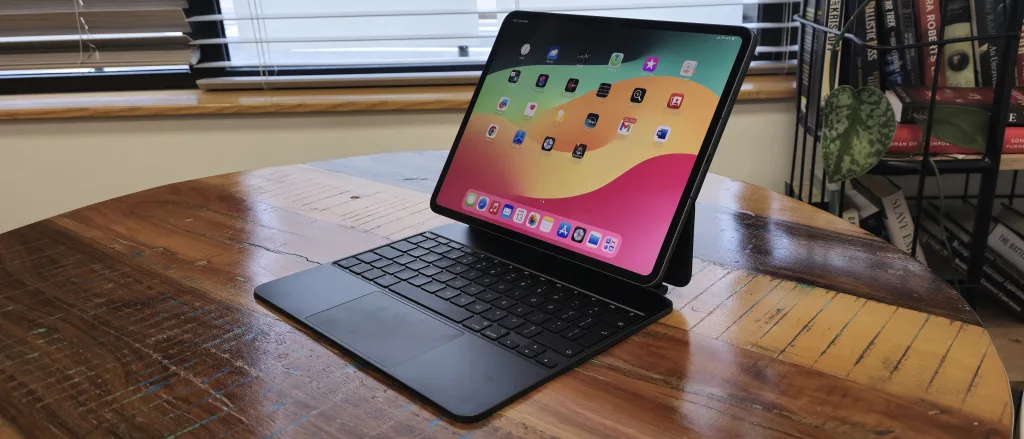Why Choose iPad for Learning: Key Advantages

Apple’s iPad has become a cornerstone in modern education, blending technology with practical usability to cater to students, educators, and institutions. With its intuitive design, powerful features, and diverse app ecosystem, the iPad is revolutionising how learning is approached. Below, we delve into the key advantages that make the iPad an unparalleled tool for education.
Unmatched Versatility for Various Learning Needs
The iPad’s versatility is one of its standout features, accommodating a wide array of learning styles and disciplines. Its sleek and lightweight design makes it portable and convenient for both in-class and remote learning scenarios. Unlike traditional laptops, the iPad bridges the gap between functionality and convenience, making it a go-to device for students of all ages.
Another significant advantage is its customisability. With a plethora of accessibility features, including voice commands, screen readers, and text-to-speech capabilities, the iPad ensures inclusivity for students with diverse needs. These features enable every learner to access education without barriers, fostering a more inclusive environment.
Access to a Vast Educational Ecosystem
The App Store hosts thousands of educational applications designed to support different subjects, skill levels, and learning goals. Whether students are exploring mathematics, science, languages, or arts, they have access to interactive tools and resources that make learning engaging. For example, apps like Duolingo make language learning interactive, while GeoGebra helps students visualise complex mathematical concepts.
Moreover, Apple’s native apps, such as Pages, Numbers, and Keynote, provide students with robust platforms for completing assignments, creating presentations, and organising projects. The seamless integration of these apps with iCloud ensures that students can access their work across multiple devices without interruptions. This ecosystem not only enhances productivity but also encourages creativity and critical thinking skills.
Seamless Integration of Advanced Technology
The iPad is equipped with advanced technology that enhances the educational experience. From the powerful A-series chips that deliver high-speed performance to the stunning Retina display that ensures clear visuals, the iPad sets a benchmark for quality in education. Its ability to run demanding apps without lag ensures that students can focus on their work without technical interruptions, boosting efficiency and engagement.
In addition to its hardware capabilities, the iPad supports sophisticated software features such as multitasking. Students can split their screens to view multiple apps simultaneously, enabling them to take notes while watching a lecture or research while writing essays. This multitasking capability streamlines workflows and makes complex tasks more manageable.
Support for Apple Pencil and Other Accessories
Apple Pencil compatibility takes learning to a new level by enabling precise note-taking, sketching, and annotation. It’s an ideal tool for students who prefer handwriting over typing or for those in creative fields such as design and art. Apps like Notability and Procreate complement the Apple Pencil, offering advanced functionalities for both academic and creative pursuits.
Additionally, accessories like Smart Keyboards and protective cases make the iPad even more adaptable to diverse educational settings. The integration of augmented reality (AR) further enriches learning experiences. For instance, biology students can visualise 3D models of cells, while history enthusiasts can virtually explore ancient ruins, making lessons more engaging and memorable.

Promoting Eco-Friendly and Cost-Effective Learning
Adopting iPads in education contributes to sustainability while also potentially lowering costs for institutions in the long run. By digitising textbooks, assignments, and other materials, schools can significantly reduce their reliance on paper. This shift not only supports environmental goals but also simplifies content management for educators and students.
Furthermore, the ability to share resources digitally enables collaborative learning. Students can work together on projects in real time using apps like Google Drive or Apple’s collaboration tools. This connectivity fosters teamwork and enhances the overall learning experience, preparing students for the collaborative nature of modern workplaces.
Long-Term Savings for Schools and Students
Although the initial investment in iPads may seem high, the device’s durability and extensive software support ensure a long lifecycle, reducing the need for frequent replacements. Apple regularly provides updates, ensuring that older devices remain functional and secure for years. This longevity translates into significant cost savings over time.
Students and institutions also save on purchasing physical textbooks, as digital versions are often more affordable and updated more frequently. Moreover, the eco-conscious design of Apple products aligns with the growing emphasis on sustainability in education. With recycling programs and energy-efficient manufacturing processes, Apple demonstrates its commitment to creating a greener future.
In conclusion, the iPad stands as a transformative tool in education, offering unparalleled versatility, advanced technology, and eco-friendly solutions. Its ability to cater to various learning needs while promoting sustainability makes it a leading choice for students and educators alike.
